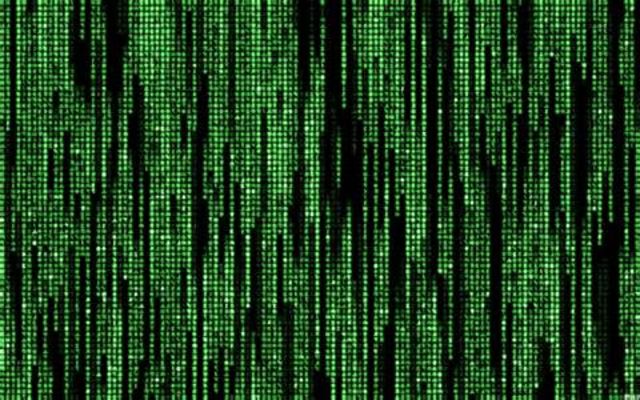Walking through the old city in Jerusalem on a Tuesday afternoon, I arrived at the Aish HaTorah building overlooking the Western Wall — Judaism’s holiest site. It was about four years ago that I had gone, with about 50 other students from my yeshiva, to see a presentation on the famous Bible codes.
Some quick background: in the year 1994, an Israeli mathematician by the name of Eliyahu Rips published a paper containing an experiment where a computer program was run through the book of Genesis searching for what is known as Equidistant Letter Sequences. This method looks for words encrypted in the text of the Torah by counting a preset amount of characters to skip, eventually creating a word. For instance if the sentence in the Torah is LoveYourBrotherAsYourself (it would be in Hebrew of course) and we preset our number to be 3, the code word would be “vobtr”. When similar codes were run through the entire book of Genesis, the conclusions were experimentally significant. At this point the prestigious journal Statistical Science decided to publish the results as a “challenge to their readers” to see if anyone could find a fault in any of the methods used.
Back to our story: as I sat in the Aish HaTorah building listening to a charismatic Rabbi present these Bible codes, I became infuriated. Of course, before that day, four years ago, I had never even heard of Bible codes, so naturally I felt very weird throughout the entire experience. It seemed as if these people were trying to “sell” Judaism to us the same way an infomercial tries to sell its product to ignorant customers. Well, after I had left, my negative feelings were immediately justified. A quick google search brings up hundreds of articles and blog posts all giving detailed refutations of these Bible codes. Some show that these codes can show up in a significant manner in many other books, others write that the authors of the original paper displayed heavy confirmation bias in looking at their results, and still others correctly point out that there are multiple versions of the text of the Torah and the paper did not account for these variations.
Regardless of the exact reason that the Bible Codes were debunked, I think that this entire episode reveals a much larger flaw in not only the Jewish world, but in the religious world in general.
It is no surprise to anyone that every year the number of Americans involved in organized religions is decreasing at a steady rate. As more people become educated, they begin to drift away from religious teachings which are often seen as archaic and “old fashioned”. To counter this trend, many religious organizations, such as Aish, feel that they need to save the souls of the unaffiliated Jews at all costs — even with deception. It has been over 20 years since the original paper has been published and debunked multiple times from multiple angles; however, Aish (along with many other religious organizations) continues to use these “proofs” in its regular lesson plan. What does it say about our religion, and religion in general if the way that they are attracting followers is through outdated and false proofs?
The first step to solving this problem is for people of all religions to take a step back and realize that there is no proof for their particular religion. When people become religious based on specious proofs, it is no wonder that these same people are quick to lose faith after searching the internet for 20 minutes. Secondly, we need to realize that just because a religion cannot be proved does not mean that it is not true. Can I prove the fact that I love my family? Can I prove that all people are born with natural rights? Of course not! In order for a religion, especially Judaism, to thrive in the 21st century, we need to come together and call out the lies and deceptions coming out from our own religious community. To accept religion does not mean that one must throw out common sense, rationality, and science (I actually believe the opposite is true), but that one must maintain integrity.

